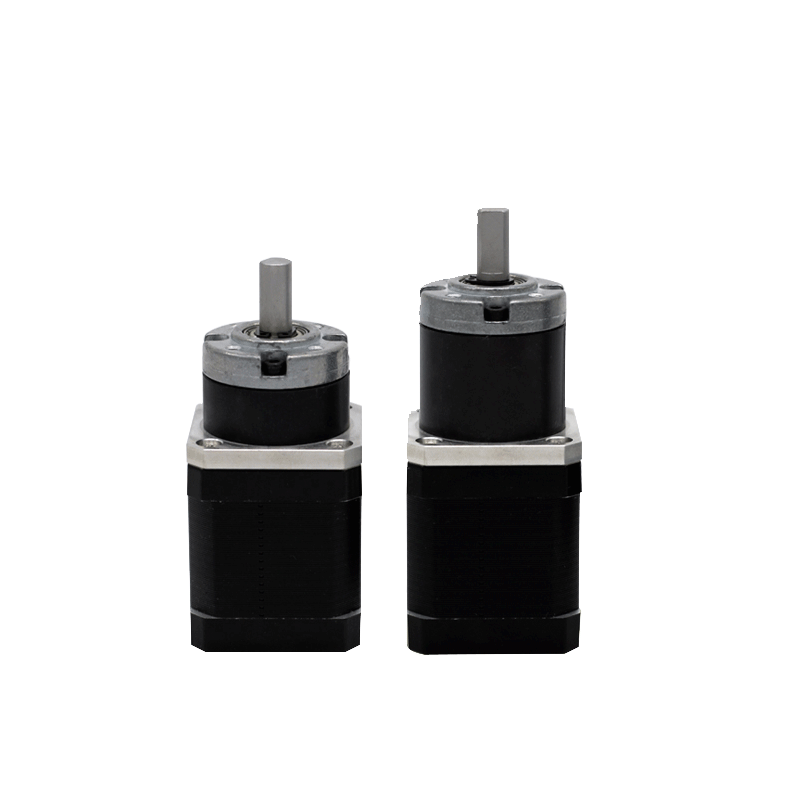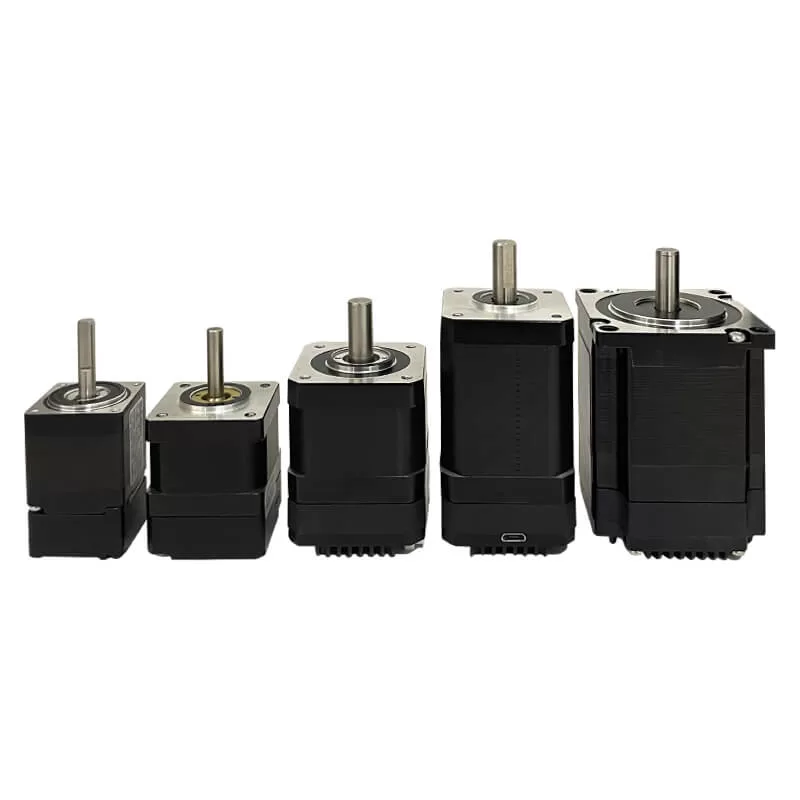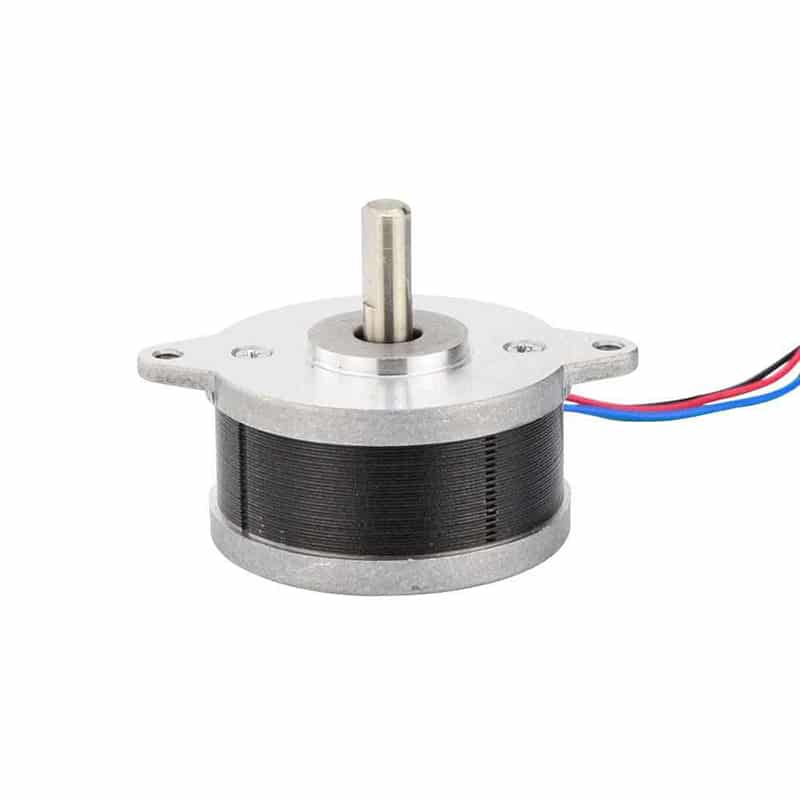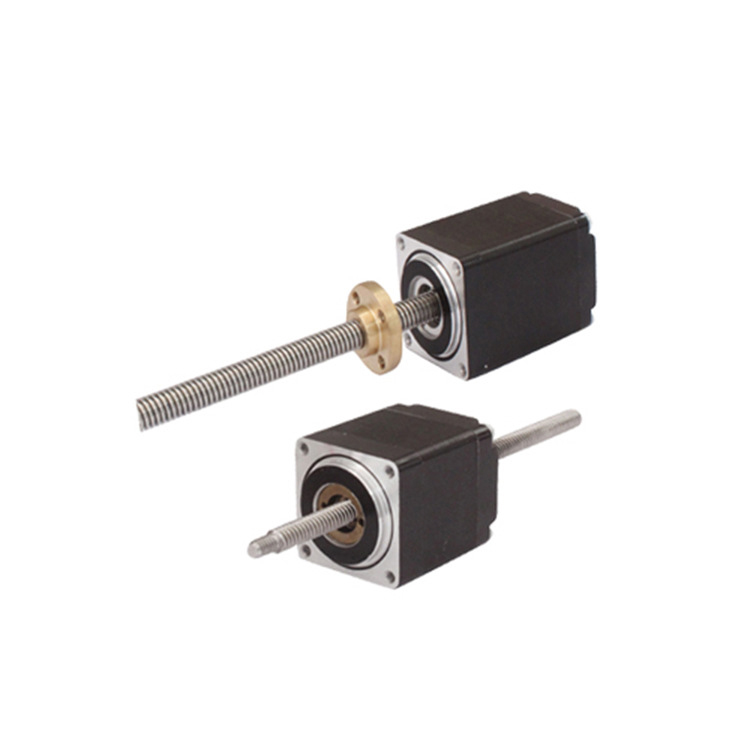A stepper motor consists of three major factors: step angle (involving the number of phases), static torque, and current. Once the three major factors are determined, the model of the stepper motor is determined.
Selection of step angle
- The step angle of the motor depends on the load accuracy requirements. The minimum resolution (equivalent) of the load is converted to the motor shaft. How many angles should each equivalent motor move (including deceleration). The step angle of the motor should be equal to or less than this angle. The step angles of stepper motors on the market are generally 0.36 degrees/0.72 degrees (five-phase motors), 0.9 degrees/1.8 degrees (two- and four-phase motors), 1.5 degrees/3 degrees (three-phase motors), etc.
Selection of static torque
- It is difficult to determine the dynamic torque of a stepper motor at once. We often determine the static torque of the motor first. The basis for selecting the static torque is the load of the motor, and the load can be divided into two types: inertia load and friction load. Single inertia load and single friction load do not exist. When starting directly (usually at low speed), both loads must be considered. When starting at acceleration, the inertia load is mainly considered. When running at constant speed, only the friction load needs to be considered. Under normal circumstances, the static torque should be within 2-3 times the friction load. Once the static torque is selected, the motor base and length can be determined (geometric dimensions).
Current selection
- Motors with the same static torque have very different operating characteristics due to different current parameters. The current of the motor can be judged based on the torque-frequency characteristic curve.
As a motion control execution component, the stepper motor is one of the important products of mechatronics and is widely used in various automated motion control systems.











